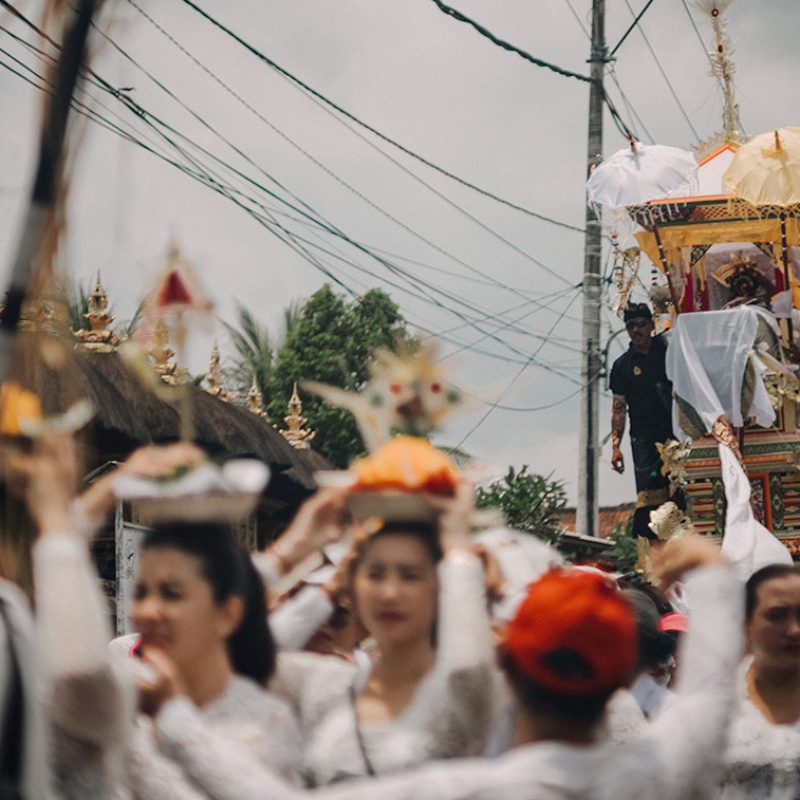Without much debate, one may say that the spell of charm the late He Fan (1931-2016) puts on us owes its power from the aura of nostalgia in his photography. Not too long ago, a photography exhibition held under his name makes it quite plain starting from the title: “Portrait of Hong Kong”. The cultural resonance of nostalgic portrayal has numerous manifestations, ranging from the good ol’ western-style town reenactment in theme parks to the many sequels and remakes of classics. What is paradoxical about nostalgia is that it is very often anything but a faithful representation of historical facts. It could well be just a fictional invention, a past revisited after the passage of time being mixed with current discontent and future aspirations.
He Fan conjures up something more than what the streets of Hong Kong in the 50s and 60s looked like or the past lives of what is now worshipped as “authentically local”. Post-war Hong Kong, having abolished the colonial system of racial segregation, was still swamped with stereotypes about inherent lack of hygiene and the unruliness of the Chinese. It was also one of the densest places in the world in terms of population, being the favourite destination for refugees from the north. However none of these caricatures leave any traces in He Fan’s photography, which consistently convey a leisurely streetscape, neatly cleaned and orderly, with passers-by appearing to carry a melancholic touch of urban loneliness…

What He Fan illustrates, or rather what we as spectators want to see from He Fan’s images, is a historical imaginary about a small community of an underwhelming population. With the pictorial emphasis on the interplay of light and shadow, cut-out shadows thrown by the buildings, and parallels between tramways and directional viewpoints, the focus on geometric arrangements imposes a sense of order which might well have never existed in Hong Kong. And how compatible this order is with the species of geometrically rational urbanism that we are now so familiar with. Perhaps what truly makes He Fan respected as a photographic magician is his foresight regarding the mentality of the contemporary urban dweller, who desires a black-and-white type of “local” which could well be a figment of imagination in the eye of the beholder.
From this perspective, the Filipina photographer Joan Pabona’s work (she was recently awarded by National Geographic Magazine) bears a striking resemblance to He Fan stylistically which suggests that his legacy is enduring. Perhaps with a keener eye on Hong Kong’s multi-ethnic composition, she shares He Fan’s black-and-white contrast, his play of light and shadows, the lines in his photographs intersecting its frame, ordinary pedestrians strolling in seeming leisure amidst the urban hustle, and the tinge of lonesome sentimentality that recalls Edward Hopper’s urbanism. None of these feels discordant in 21st century Hong Kong. Such an accord in style and craftsmanship, I suspect, stems not so much from direct artistic influence between precursors and followers. It may have more to do with their status as strangers in the city, which enabled them to view the city, at different times, with a rose-tinted lens.

Cover photo: Fan Ho “Four” Hong Kong 1950s and 60s (Blue Lotus Gallery)





